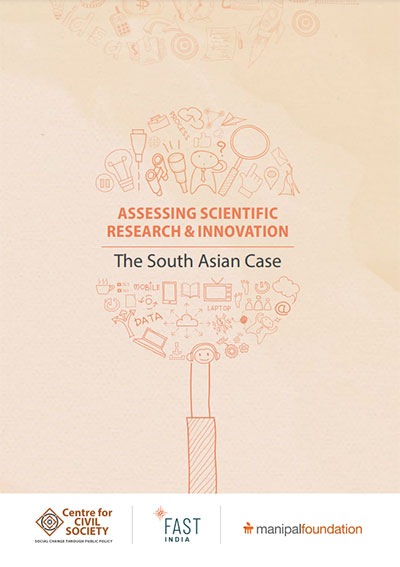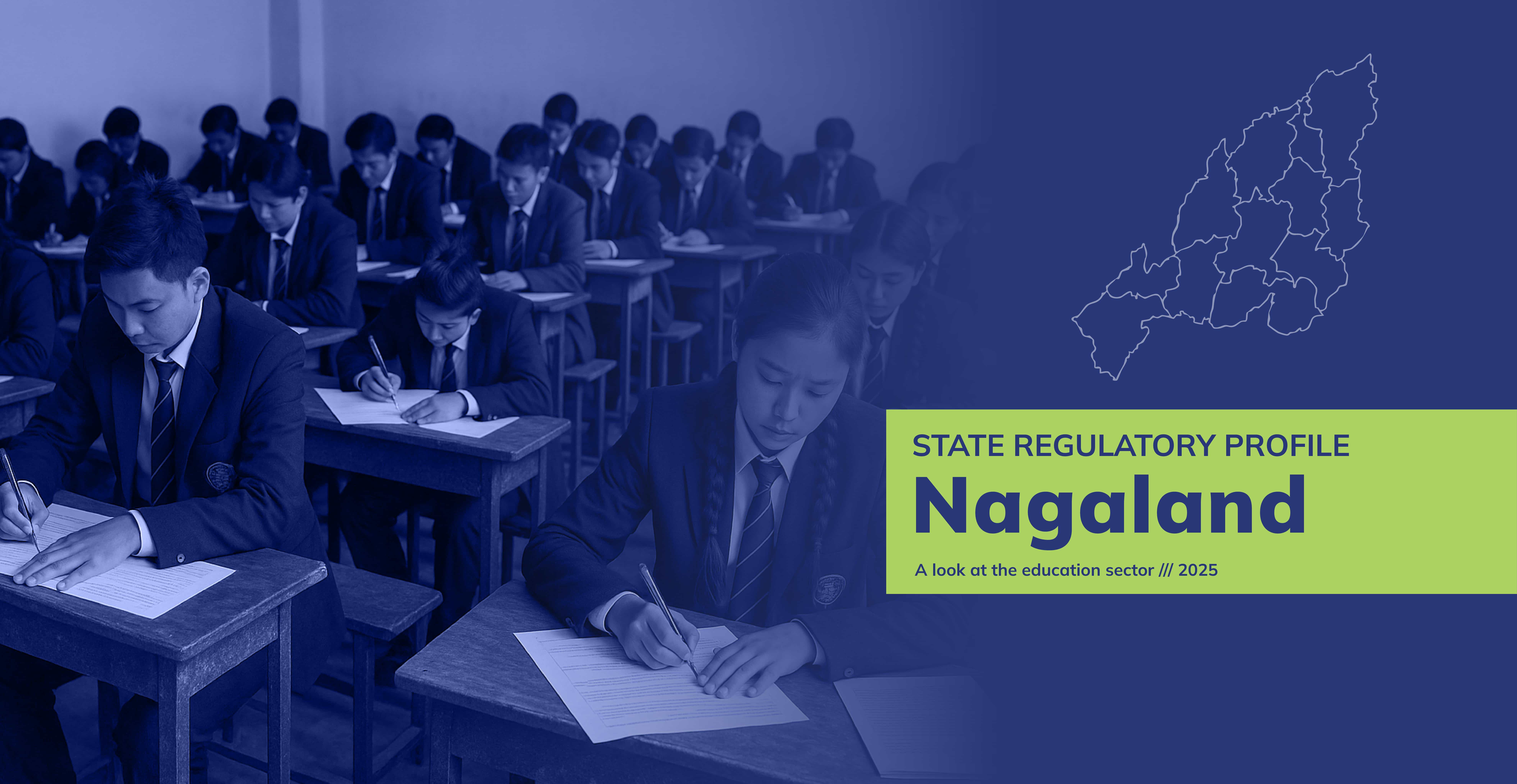As one of the world’s fastest-growing economies, India is often considered the country that leads scientific research and innovation (‘R&I’) in the South Asia region. However, it still faces significant challenges in areas like investment in scientific research, systems for allocating research funding, and quantity and quality of research output. Despite varying levels of economic development, the other countries in the region (Afghanistan, Bangladesh, Bhutan, Maldives, Nepal, Pakistan, and Sri Lanka) fare worse on most of these parameters. UNESCO’s Science Report (2021) highlights the lack of industrial expenditure on scientific research and development (‘R&D’) in these seven countries. Nepal and Bangladesh have the highest research expenditure in the South Asian region (excluding India (0.7%)), at a staggeringly low 0.30% of their GDPs. Comprising low to middle-income countries, South Asia represents a vast landscape of opportunity to utilise scientific research for economic and social progress.
Measuring R&I is critical to understanding and improving its functions. It interfaces with processes ranging from academic hiring to creating effective Science, Technology and Innovation (‘STI’) policies for entire countries and regions. Over the last two decades, several international efforts have been made to define and standardise metrics, methods, and norms used for measuring scientific R&I. These include the annual Global Innovation Index devised by WIPO (World Intellectual Property Organisation), the Leiden Manifesto, and the San Francisco-initiated DORA (Declaration on Research Assessment). However, instances of such regional collaborations over R&I assessment remain absent in South Asia. Our previous report on analysing research productivity metrics and practices notes how the aforementioned international frameworks tend to focus on economically advanced countries in the developed world (CCS 2022b). Building standards for R&I assessment at the South Asia level contributes to addressing this gap, and shifts focus onto the region-specific needs of smaller economies.
This report proposes two reasons as to why R&I is a compelling area for collaboration between South Asian countries, both in terms of opportunity and need. First, as noted at the outset, research and innovation outcomes in South Asia are less than desirable, compared to more economically advanced parts of the world. Even India, which invests approximately 0.7% of its GDP in scientific research, lags far behind the OECD average of 2.37% (OECD 2019). A common set of goals and parameters for assessing R&I would help countries advance more effectively in this area of shared priority. Second, cross-border collaboration through open sharing of scientific data and research has rapidly gained prominence in recent years, in part due to growing digitalisation. The imminent need for such collaboration is especially apparent as the world continues to grapple with the COVID-19 pandemic, and scientific research linked to healthcare seems more evidently relevant than perhaps ever before.
The objective of this report is to identify and pinpoint considerations that are relevant to the creation of South Asia-wide assessment parameters. It also seeks to offer recommendations on the shape these regional standards could take. The first chapter examines data and scholarship on R&I assessments in South Asia, highlighting areas in which it falls short of providing effective insights and outlining opportunities for regional collaboration within them. The second chapter evaluates how R&I can be utilised for economic growth, based on the overlapping economic needs and priorities of South Asian countries. Both chapters conclude with a set of recommendations on tackling the concerns raised in it through South Asian collaboration over parameters for scientific R&I assessment.
This report is the last in our three-part study titled Assessing Scientific Research and Innovation. In our first report, Study of frameworks and parameters for evaluating institutional research, we analysed indices used to measure scientific innovation in Indian higher education institutions. The second report, An analysis of research productivity metrics and usage guidelines, examined global norms around measuring research productivity, highlighting limitations and providing recommendations to overcome them. Our final report carries forth relevant thematic areas from both these reports and situates them within the context of South Asia.



